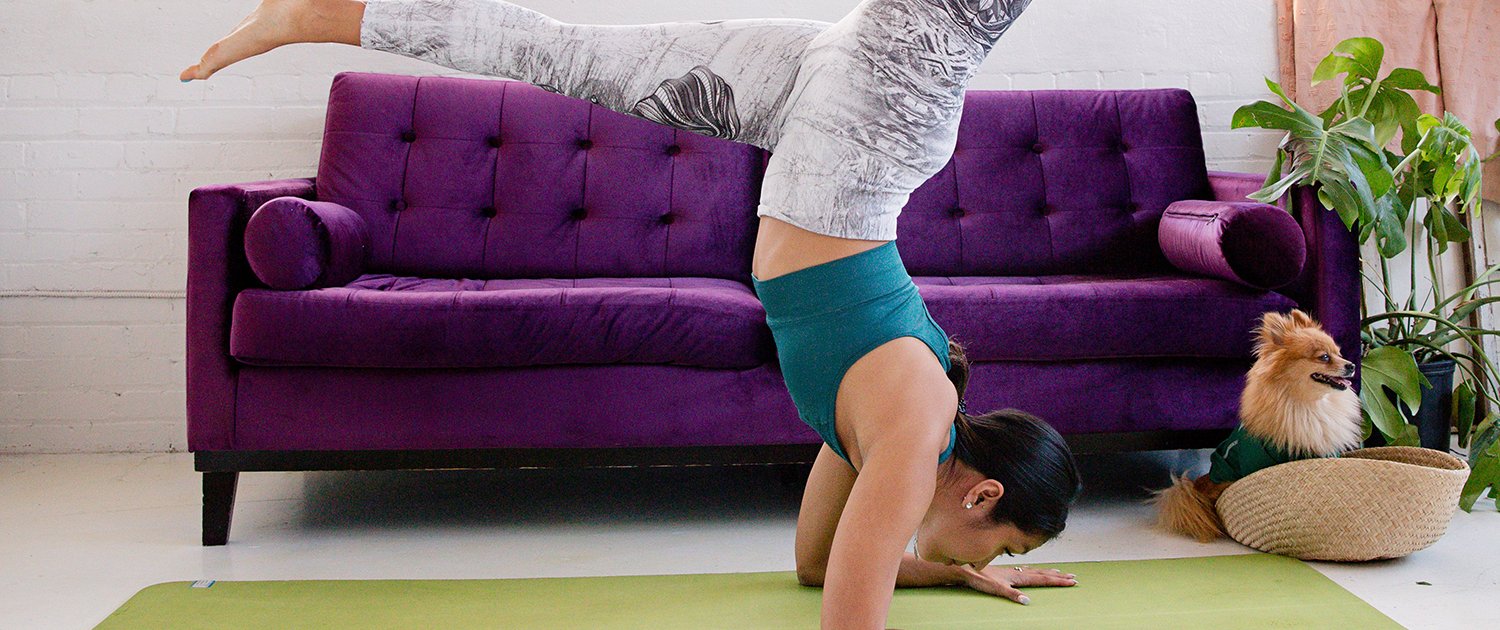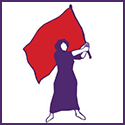These days everyone is learning how to make the best of shelter in place policies and restrictions for gyms and other gatherings that impact the usual ways of getting exercise. There’s never been a better variety of good options to get and stay healthy on your own. Here’s 8 convenient ways to train in or near your home, from using nothing but your own body to simple yet innovative tools that don’t take up a lot of space, to simply getting creative with everyday activities.
Bodyweight exercise
You don’t need free weights or resistance bands to strength train at home. You can use your own bodyweight to hit each muscle group for a full workout. Even with other equipment available, many of my routines use bodyweight exercises simply because they are effective and teach your body to move well as a unit. For at home workouts, these are perfect for a quick, convenient whole body workout and calorie burn. If you live near any kind of sports complex or playground that hasn’t been closed off, you can often find even more good bodyweight movement options.
Here’s just a few of the moves you can do with your own weight providing the resistance: pushups, squats, lunges, pullups, calf raises, situps, swimmers, crunches, or leg raises. Check my resources below, Self Magazine has a list of 53 different bodyweight moves! With some creativity you can find ways to vary the resistance, either reducing weight if full body weight is too much or adding resistance if you need more. A good example is pushups. Inclining your body with your hands on a stable surface that is higher than your feet will reduce the resistance. Placing your feet on a surface higher than your hands will increase the resistance.
Walk, run, bike
One of the easiest ways to get exercise is simply walking or jogging outside. These activities follow the same general social distancing guidelines. Go out as long as you’re in a low-risk group for COVID-19 and not experiencing any symptoms. Avoid crowds, keep at least 6 feet away from anyone you see, and don’t touch crosswalk buttons or posts with your hands. Be courteous to other pedestrians, be the one to give way on sidewalks or make a brief detour to the street if safety permits, and carry a mask. Use it when you can’t be 6 feet away, and think about putting it on proactively before getting close so it is not stressful to other people as you move quickly towards them.
Activities like climbing stairs, biking, and running existed way before gym equipment, and we can take this time to get back to basics. Use stairs in and around your home or maybe there are steps or bleachers nearby to use for some good climbing intervals. Get the bike out of the garage, pump up the tires and hit the road for some fresh air. With less traffic and perhaps the freedom in the work at home schedule, on a bike it can be easier to avoid other people and enjoy some time without a mask on.
Combine errands with exercise
If you are able to plan it right, you can be very efficient combining errands with exercise. Instead of driving to a large supermarket, try walking or running to your local markets to burn those extra calories. Carrying your groceries on the way home will add even more calorie burning effects. If you can add a rack or carrying bags to your bike, you can venture farther afield and still get what you need back to your home. Do your shopping at the end of your bike route to enjoy the ride and still get some things done while you are out and about.
Combine chores with exercise
If having the whole family at home is increasing your house cleaning needs, try converting household chores into a cardio workout. Fire up some fun music (or maybe let the kids choose as a means to recruit them), and get to work on higher movement chores like dusting, mopping, scrubbing, and sweeping. If that’s not enough you can always add in moves like burpees, jumping jacks or running stairs for intervals.
Online classes
Many of us are missing our group cardio or interval training classes for the joys of social interaction and shared effort. It’s understandable if you’re disappointed about having to miss regular fitness classes at the gym. There are plenty of excellent ways to get your heart pumping during quarantine, even though they may not feel quite the same as attending a class. Mixing in some online classes can help bring in that sense of group effort and community. It does take some preparation and you will need to make sure you have the space set up and equipment required. My weekly schedule of classes is curated to deliver complete health, from strength and cardio to fun, mobility and recovery. The equipment needs are pretty minimal, most classes can be done with a mat, some bands, small dumbbells, resistance bands and or other simple pieces of equipment.
Dance it out
Stay-at-home orders can’t stop you from dancing! Put on a high energy playlist and dance out your stress for thirty minutes or so. If you’re by yourself, try out new moves without any fear! Or maybe the kids need to get off the computer and shake their bones a bit too. Give them a homework break and just get silly together. I hear laughing is very good for your physical and mental health too! If you need some choreography to get you going, try my Zumba fitness classes on Tuesday and Thursday mornings.
Circuit training for variety and intensity
Circuit training typically blends resistance, plyometric and cardio exercises in short, intense bursts to create a thorough workout. Circuit training also does not need a lot of space or special equipment, making it ideal for quarantine. Combining bodyweight movements with simple, compact tools like the TRX Suspension Trainer, resistance bands and dumbbells can make for very efficient and challenging workouts. Make sure to rotate areas of the body and keep from burning out any one area too quickly. The idea is to be able to keep pushing and moving safely without much rest, and really move that blood around the whole body.
Yoga is more than physical
Yoga is great for stretching, recovery, strength and balance. All exercise can provide positive mental health benefits like stress reduction, relaxation and concentration, but yoga provides these particularly well. Most yoga routines take nothing more than your body and a mat, and maybe a few small accessories like straps or blocks at most. Right now a lot of yoga studios, gyms, and apps are currently offering free online versions of their in-person sessions, so there’s no lack of options in this space. Trying a different gym or teacher can expose you to new movements and forms of yoga to experiment with.
An advantage of being alone at home is that you can focus on poses you don’t usually get to savor in a guided class. Spend more time on refining difficult poses you’ve always wished you could do. Nobody will be there to see you fall out of crow pose! Pause videos or your own sequences to explore poses or flows as long as you like. Tailoring the experience for yourself in this way can bring about progress that you might not have been able to achieve in a group environment where the instructor has to cater to a group and keep the agenda moving.
Check out my prior articles on how to adapt to shelter in place, dealing with poor air quality and immune system support. As always, I’m here to help, listen and learn with you. Schedule a call any time below or join me in one of my online classes. Stay safe and stay healthy!



